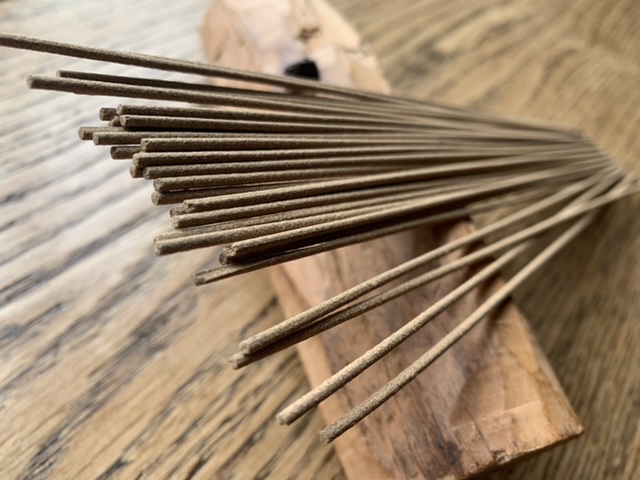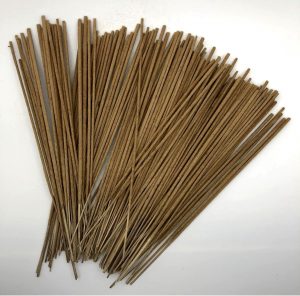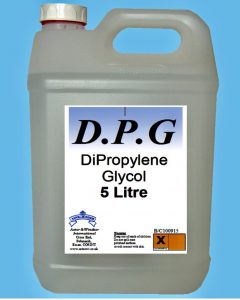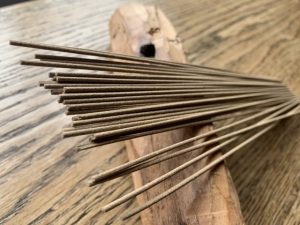
What’s in your incense?
When searching for incense cones or incense sticks on the web there’s no doubt that you will come across the very economical options right away. In fact, to find even more middle of the road stuff can be a small challenge at first. Why are these offerings so cheap and are they healthy enough for us to enjoy with the windows closed? Let’s dive in.
Where are these incense sticks and cones so cheap and are they healthy to use?
The dollar store end of the incense market is awash with sticks of dubious origins. Sometimes they will be only a rough scent that isn’t fit for much apart from keeping the mosquitoes away! Sometimes the scent is nice. Cheaper incense sticks will normally made of a blank or (punk stick) that comes out for the same factory’s as fire work lighters. They are the same product actually and can be made from waste wood material as a combustible.

The truth is that we will never know what went into the making of a blank stick. These blanks are then usually dipped in a bath of synthetic and unnatural fragrance. This might not be a massive problem. What is a definite concern is the chemical extender used to make these sticks and cones. Dipropylene glycol is often added to made the scent go further and add to the manufacturers bottom line. This stuff has a wide usage in many commercial settings which is fine BUT DPG is dangerous when burnt, giving off unhealthy fumes.

Unfortunately the incense sector has no regulation on the material that comprises your stick or cone. Hell, you can even get hold of cow dung Incense!
You may even experience headaches or a nauseous feeling when around these incense sticks. Your not allergic to incense as such. It’s a natural reaction to the synthetic crap the stick is loaded with.
What constitutes a decent incense?
Middle of the road incense will always use natural ingredients and most importantly, no extender! A good quality indian masala style stick will most likely use charcoal as a base with essential oils and or powdered herbs, spices and woods such as sandalwood powder, star anise, cinnamon or cedar wood. These offerings will not only have a truly superior scent but they will be much more healthy to enjoy!

Artisan incense sticks and cones will usually have no charcoal at all and rely on a more natural combustion from joss powder or makko powder. Makko powder is made from the tree bark of the Asian Tabu No Ki tree. It’s favoured as a natural binder, carries little to no scent and helps the incense burn. artisan offerings are usually created with some extremely expensive ingredients such as Agarwood and rare sandalwood powders. I’ve seen 10g worth of these sticks costing up to £175! There is a large amount of effort, care and attention that goes in to the creation of artisan incense sticks and cones. Sometimes these incense sticks can be as little as half a gram or less. Very thin, very small and very brittle, the work that goes into creating something like this takes time and dedication to master. Although a 0.3g incense sticks may not sound a lot, it’s still enough to fumigate a small room and appreciate this beautiful sent at an economic level.
Thanks for taking time to read this blog, I hope it’s giving you a little more insight into the incense well and I hope that you will take the time to look around our store to see if there’s anything you may wish to try. Happy cupping!
Oli

Hey hi; i m looking forward to buying v v good quality agarwood incense sticks from u.